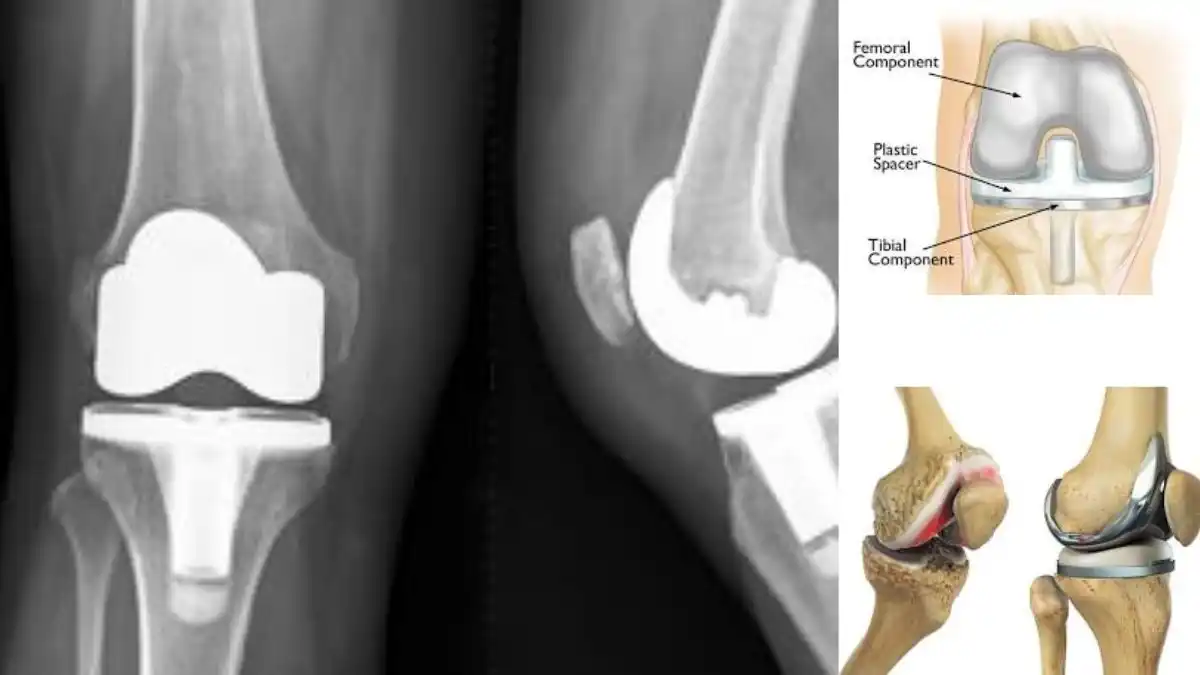Avoid common mistakes post-knee replacement:
1. Rushing recovery: Stick to therapy plans.
2. Neglecting strength training: Exercise is vital.
3. Swelling ignorance: Ice aids healing.
4. Fall risks: Clear surroundings, seek help.
5. Health neglect: Follow diet, attend check-ups.
Getting your knee replaced is a significant step towards reclaiming pain-free mobility. But like any major surgery, the recovery process requires mindful choices. Avoiding these common missteps can pave the way for a smoother, faster journey back to your active life.
- Rushing Recovery: Stick to Therapy Plans One of the most common errors post-knee replacement is the impatience to resume normal activities. Patients often underestimate the time required for a complete recovery and push themselves too hard, risking setbacks. It’s imperative to adhere to the prescribed therapy plans provided by healthcare professionals. These plans are designed to gradually restore strength and flexibility, ensuring a steady and sustainable recovery.
- Neglecting Strength Training: Exercise is Vital Building strength in the muscles surrounding the knee is paramount for a successful recovery. Neglecting strength training can lead to muscle weakness, hindering the joint’s stability and functionality. Incorporate low-impact exercises recommended by your physical therapist to enhance muscle strength without causing unnecessary strain on the replaced knee. A well-rounded exercise routine contributes significantly to overall joint health.
- Swelling Ignorance: Ice Aids Healing Postoperative swelling is a common occurrence after knee replacement surgery. Ignoring or underestimating the importance of managing swelling can impede the healing process. Ice therapy is a simple yet effective method to alleviate swelling and reduce discomfort. Incorporate regular icing sessions as advised by your healthcare provider to enhance the recovery process and promote a more comfortable rehabilitation experience.
- Fall Risks: Clear Surroundings, Seek Help The risk of falls is heightened during the postoperative period, making it crucial to create a safe environment. Clear your living space of potential hazards, such as loose rugs or clutter, to prevent accidents. Use assistive devices, like handrails or walking aids, as recommended by your healthcare team. Additionally, don’t hesitate to seek assistance when needed, especially during the initial stages of recovery.
- Health Neglect: Follow Diet, Attend Check-ups A holistic approach to recovery involves not only physical rehabilitation but also prioritizing overall health. Neglecting a balanced diet and skipping regular check-ups can hinder the recovery process. Ensure your diet includes nutrients essential for bone and tissue health, and attend follow-up appointments with your healthcare provider. These check-ups are vital for monitoring progress, addressing concerns, and adjusting the rehabilitation plan as needed.
Bonus Tip: Embrace the Support System! Having a network of friends, family, or even a support group can make a world of difference in your recovery. Don’t hesitate to ask for help with errands, meals, or simply a listening ear. A positive mindset and a strong support system are powerful tools for healing.
Reference sources:
- American Academy of Orthopaedic Surgeons: https://www.aaos.org/
- Mayo Clinic: https://www.mayoclinic.org/
- National Institute on Aging: https://www.nia.nih.gov/
- Arthritis Foundation: https://www.arthritis.org/
Remember, knee replacement surgery is a journey, not a destination. By avoiding these common missteps and following your doctor’s guidance, you can ensure a smoother, more successful recovery.
